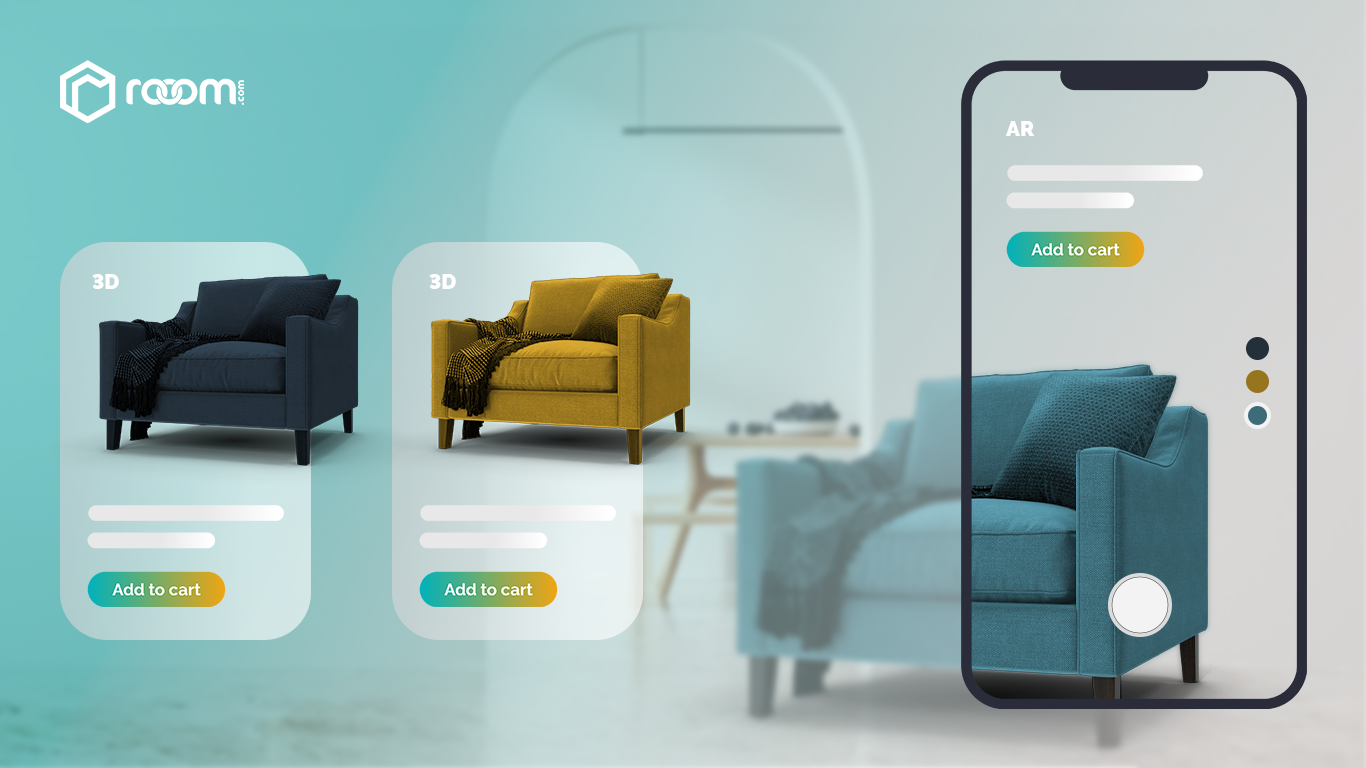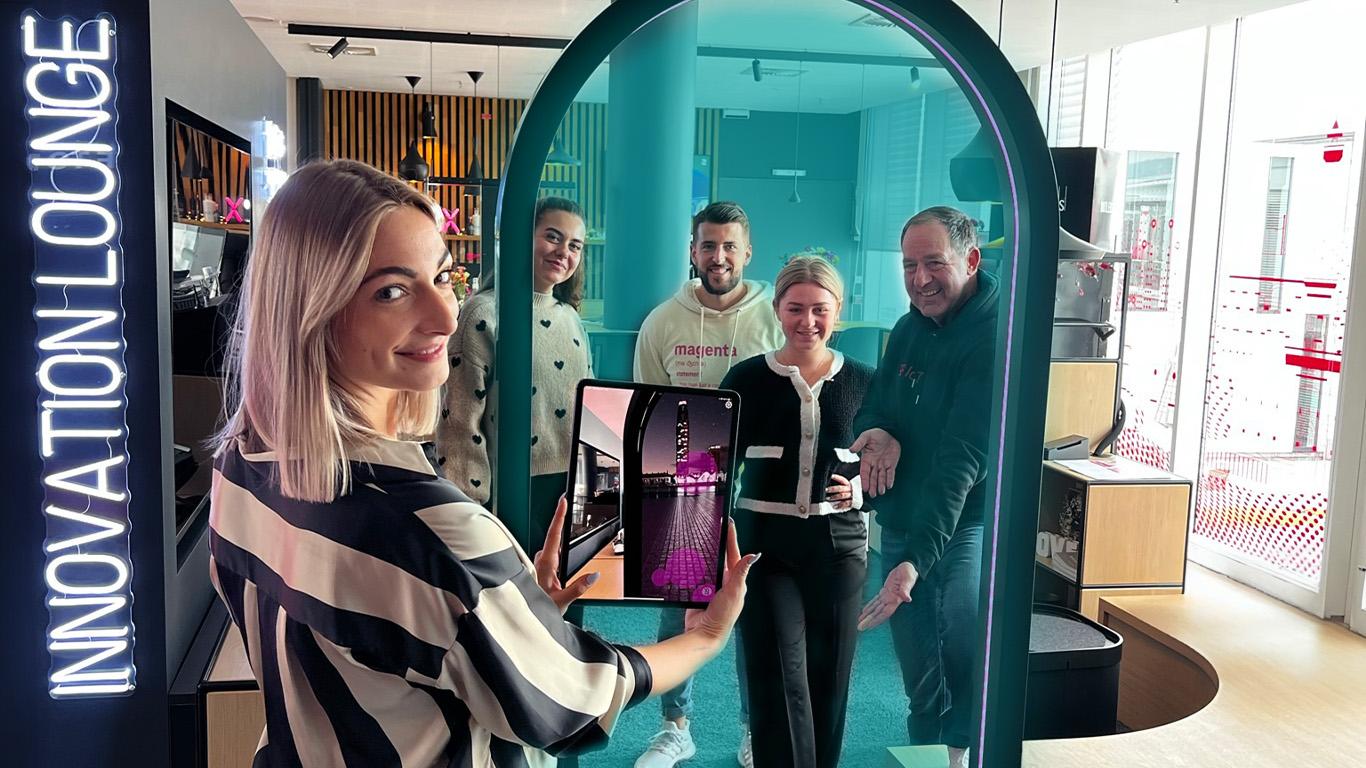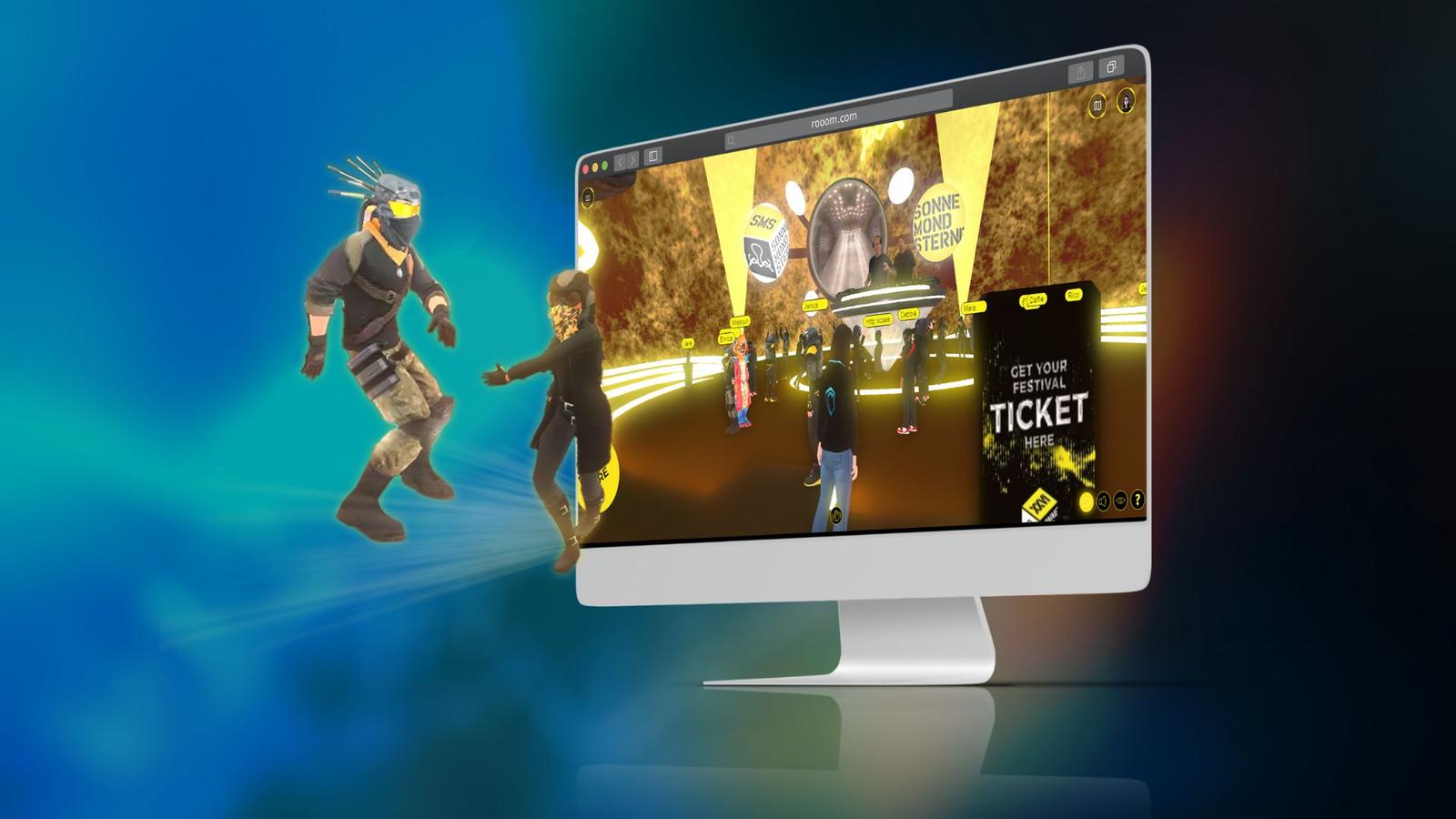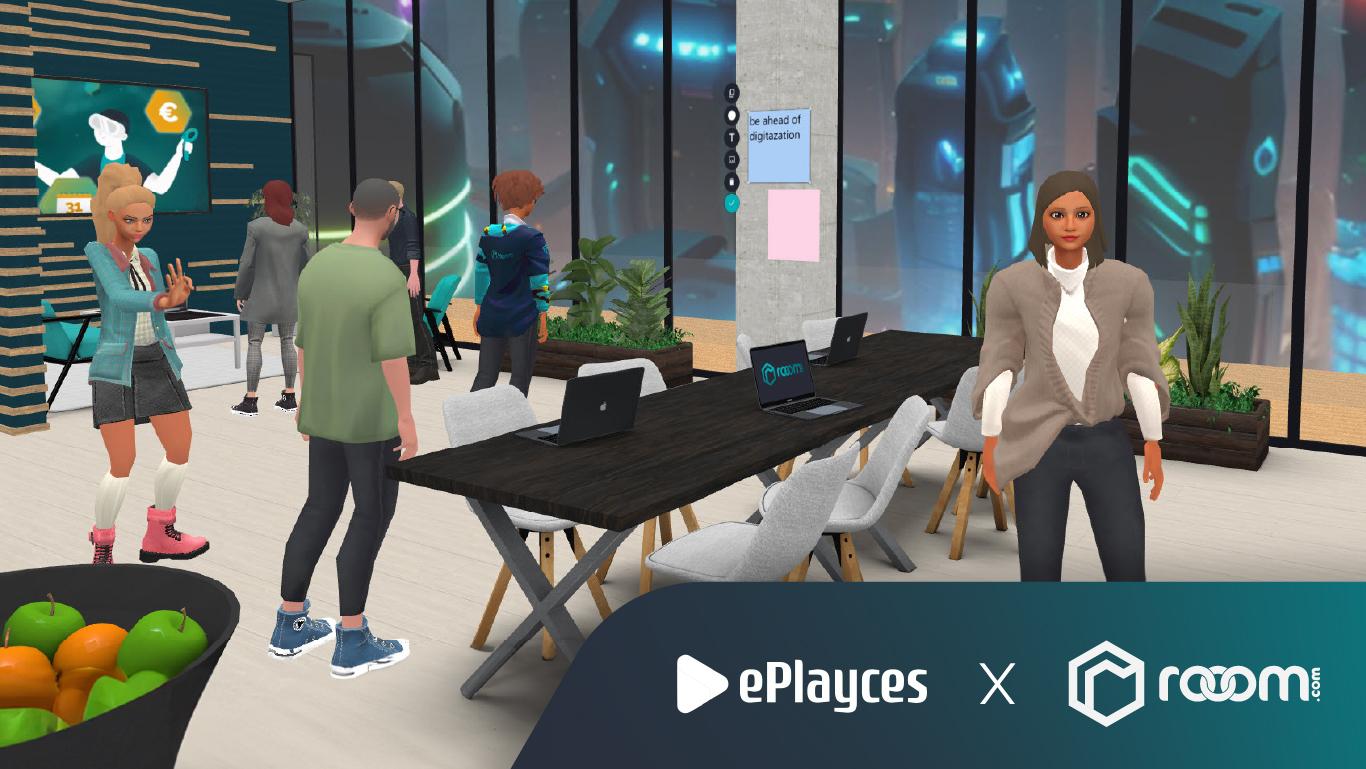Blog
Smart Home Visualizations: Redefine Smart Home experiences

- Hot Topics
- Blog
Comfort, sustainability, and efficiency – these are the benefits of Smart Home products like smart lighting, connected thermostats, or automated cleaning systems. But how to keep track of all the different Smart Home devices? And how can manufacturers present their Smart Home products in an equally smart manner? Smart Home visualizations in 3D, AR, and VR are the key.
Smart Home – What’s Possible?
In the Smart Home living concept, devices and systems work together seamlessly within the home to enhance the living experience. Connected through modern technologies, the entire living environment can be controlled by a single device, such as a smartphone or a voice assistant. In a Smart Home, lighting, heating, kitchen appliances, entertainment systems, and security installations are connected through the Internet of Things (IoT). This enables them to exchange information and operate automatically or through user inputs via a central control unit. The Smart Home not only provides convenience and comfort, but its intelligent device control also helps optimize energy consumption, save costs and resources, and make life more sustainable.
What is a Smart Home Visualization?
The more smart devices are used, the more challenging it becomes to maintain an overview, and the interaction between devices also becomes more complex. But, it doesn't have to be that way. This is precisely where Smart Home Visualization comes into play: it is the graphical representation and interaction with the various aspects of a smart home system. Data, information, and cues from smart home products come together in one place, enabling users to see and control the functionality and status of their connected devices in an intuitive format. This visualization often occurs through apps on smartphones, tablets, or via specialized control panels – from here, everything that is happening in the smart home can be viewed.
Why Smart Home Visualization Makes Sense
Smart Home visualization is a crucial component in making modern Smart Home systems accessible to users. It not only simplifies operation but also enhances understanding and interaction with the Smart Home ecosystem. Smart Home visualizations vary in functionality, ranging from mobile apps displaying rooms and devices as icons to complete 3D models of houses. The 3D visualization offers multiple advantages.

Benefits of 3D Smart Home Visualization
- More Clarity: Intuitive three-dimensional views provide a more realistic and accurate understanding of how various Smart Home devices function within the context of the entire house. This simplifies monitoring the status of Smart Home systems.
- Interactive Exploration: Users can navigate virtually through their home, switch rooms, and view them from different angles. This simplifies checking the position of devices and making adjustments.
- Holistic System Control: 3D models clearly show how different Smart Home devices are interconnected and work together. For instance, you can visually see how turning on heating in one room affects adjacent areas and control specific devices.
- Easy Troubleshooting and Maintenance: If a device isn’t functioning as expected, 3D visualizations can help locate the problem and understand what's going wrong, offering direct contact options with customer service. This is particularly useful for complex systems like heating or lighting.
- Realistic Simulations: 3D Smart Home visualizations can provide realistic simulations, such as showing lighting at different times of the day. This helps users in better planning and optimizing lighting scenarios for energy-efficient homes.
- Planning and Customization: When redesigning or expanding a Smart Home, 3D models can be used to plan how new devices should be integrated. They offer visual assistance and make it clear how changes will affect the setup.
Overall, 3D Smart Home visualizations offer a high level of detail and interactivity, leading to improved understanding and more effective control of the Smart Home system. They are particularly useful in complex or extensively connected homes, where a simple list of devices or a two-dimensional map would not suffice to fully understand and control the entire system.

Why Providers Should Embrace Smart Home Visualization in 3D
As a provider in the Smart Home market, it's essential to stand out with unique and valuable experiences among stiff competition. This approach effectively engages tech-savvy customers. 3D solutions play a crucial role – from product presentations to customer support. They enhance interactivity and provide detailed insights into complex Smart Home systems, improving user experience and increasing customer satisfaction and loyalty.
In sales pitches and customer presentations, 3D visualizations are a vital tool to captivate potential customers. They are bringing your Smart Home products to life in a way that leaves no questions unanswered. When end users can see devices in their own homes through AR, it lowers the psychological barrier to purchase, encouraging them to buy more products from the manufacturer and integrate them into their Smart Home systems.
The ability to personalize and configure in a 3D environment enhances product satisfaction and supports customers in planning and implementing their Smart Homes. Seeing products in AR in their actual homes helps them gain an even better understanding of the products. Moreover, improved customer understanding leads to fewer support inquiries and reduced service costs. In a market where technical innovation and customer satisfaction go hand in hand, 3D visualizations and product experiences in AR and VR are critical for success and brand loyalty.

With rooom’s solutions, you have access to tools that allow you to create individual Smart Home visualizations for apartments and houses – simple, customized, and with just a few clicks.
Thanks to rooomSpaces and rooomProducts, it's possible to create virtual environments, like apartments and houses, that show off Smart Home Products right where they belong. 3D models of your products can be enriched with additional information and animations to vividly demonstrate, for example, the installation of Smart Home devices or energy-saving tips. This ensures that your customers have no unanswered questions

Visualizations for Smart Homes powered by rooom. We provide you not only with an award-winning 3D platform but also offer consultation and support at every step – from concept to implementation.
Smart Products, Smart Marketing: Use Cases for Smart Home Visualizations
Connectivity in the „Magentahaus“

For a unique Smart Home experience, Deutsche Telekom welcomes guests to its “Magentahaus”. In the “Magentahaus”, a realistic 3D environment demonstrates how various Smart Home devices are interconnected. In a scavenger hunt used in several Telekom stores, visitors are tasked to navigate through the house, enabling them to discover 3D models of various connected devices, view them from all angles, and also see them in AR.
Smart 3D Product Demonstrations

eQ-3, the manufacturer of Homematic IP, sought innovative ways to attractively present its Smart Home products on the web. In collaboration with rooom, the European market leader for Whole-Home Systems found a way to showcase its award-winning products in a virtual experience. A multitude of 3D models has been created, which are provided along with text and video to inform customers online about the products. These models fit perfectly into the design of the website and are often used by retailers in distribution.
Energy-Saving Tips from the Metaverse

Conveying energy-saving tips in a fun, transparent, and vivid manner – the Trianel use case shows how it’s done. As a supra-regional utility cooperative, Trianel GmbH has developed an energy-saving Metaverse. With three different digitally accessible model apartments, a virtual neighborhood has emerged that customers can visit. In these apartments, 3D elements demonstrate how energy saving can be incorporated into daily life. An innovative and gamified approach that engages end customers at their level, far more appealing and interactive than just a list of tips.
The Future is Smart
Smart Home Visualizations in 3D, AR, and VR are more than just technically impressive gimmicks. They enable Smart Home solution providers to create significant added value for end customers. Advanced visualization techniques can present even highly complex products and Smart Home systems in an interactive and clear way. When added to websites, Smart Home visualizations are a successful storytelling method that encourages users to examine the 3D content more closely, interact with it, and thus spend more time on the website.
In an industry that offers particularly smart solutions, 3D visualizations represent a crucial strategy to capture and maintain customer attention and interest.













